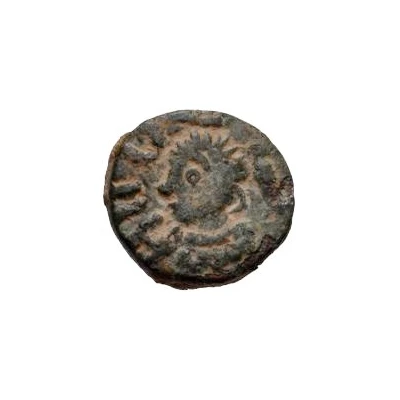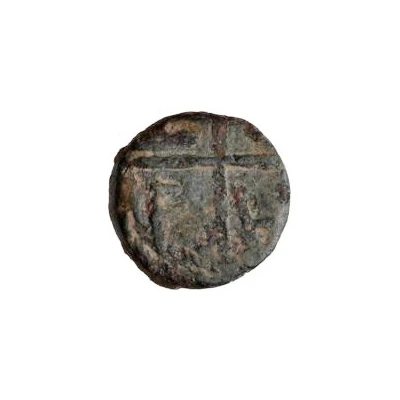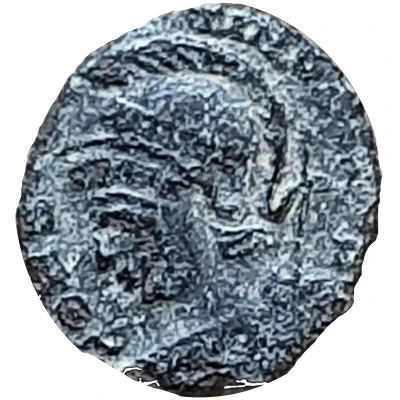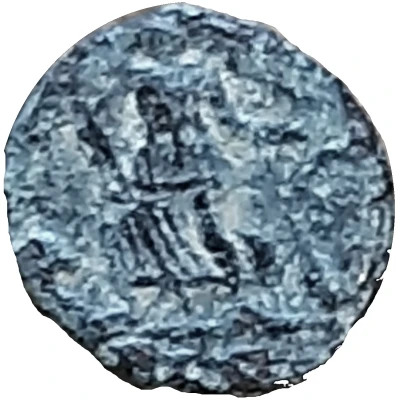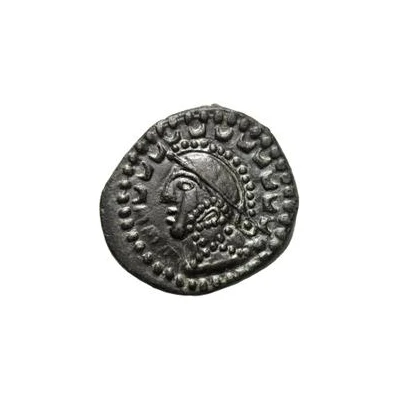
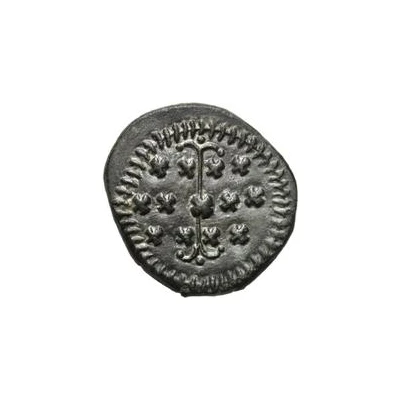

© Numismatik Naumann GmbH
Æ
| Bronze | 3.10 g | 15 mm |
| Issuer | Uncertain Germanic tribes |
|---|---|
| Type | Standard circulation coin |
| Years | 325-425 |
| Currency | Solidus (circa 301-750) |
| Composition | Bronze |
| Weight | 3.10 g |
| Diameter | 15 mm |
| Shape | Round (irregular) |
| Technique | Hammered |
| Demonetized | Yes |
| Updated | 2024-10-04 |
| Numista | N#165756 |
|---|---|
| Rarity index | 100% |
Reverse
Mirrored staff surrounded by the letters.
Lettering:
XXXX
XXXXX
XXXX
Edge
Plain
Comment
This type is said to have been struck from the mid-4th to early-5th centuries, and while the legend is completely meaningless, this coin was more than likely supposed to be struck in the name of Constantine I (306-337) due to the similarity to other Constantine I types.The denominations of bronze coins that are unknown to numismatists are referred to as Æ (AE), followed by the coin's diameter. The Æ part simply means the coin is made of a base alloy, and because the diameter of these coins is never exactly as intended, different numbers can appear after the Æ for the same type.
The exact lettering of the surrounding legend may vary; while some coins have legible legends, the legends of others may have been reduced to basically only lines.
Interesting fact
One interesting fact about this coin is that it features a unique blend of Germanic and Roman influences in its design. The coin's obverse (front) side depicts a stylized bust of a Germanic warrior, while the reverse (back) side features a representation of a Roman goddess, likely Mars or Victory. This blending of cultural styles reflects the complex political and cultural dynamics of the time period, when Germanic tribes were interacting with and influencing the Roman Empire.
